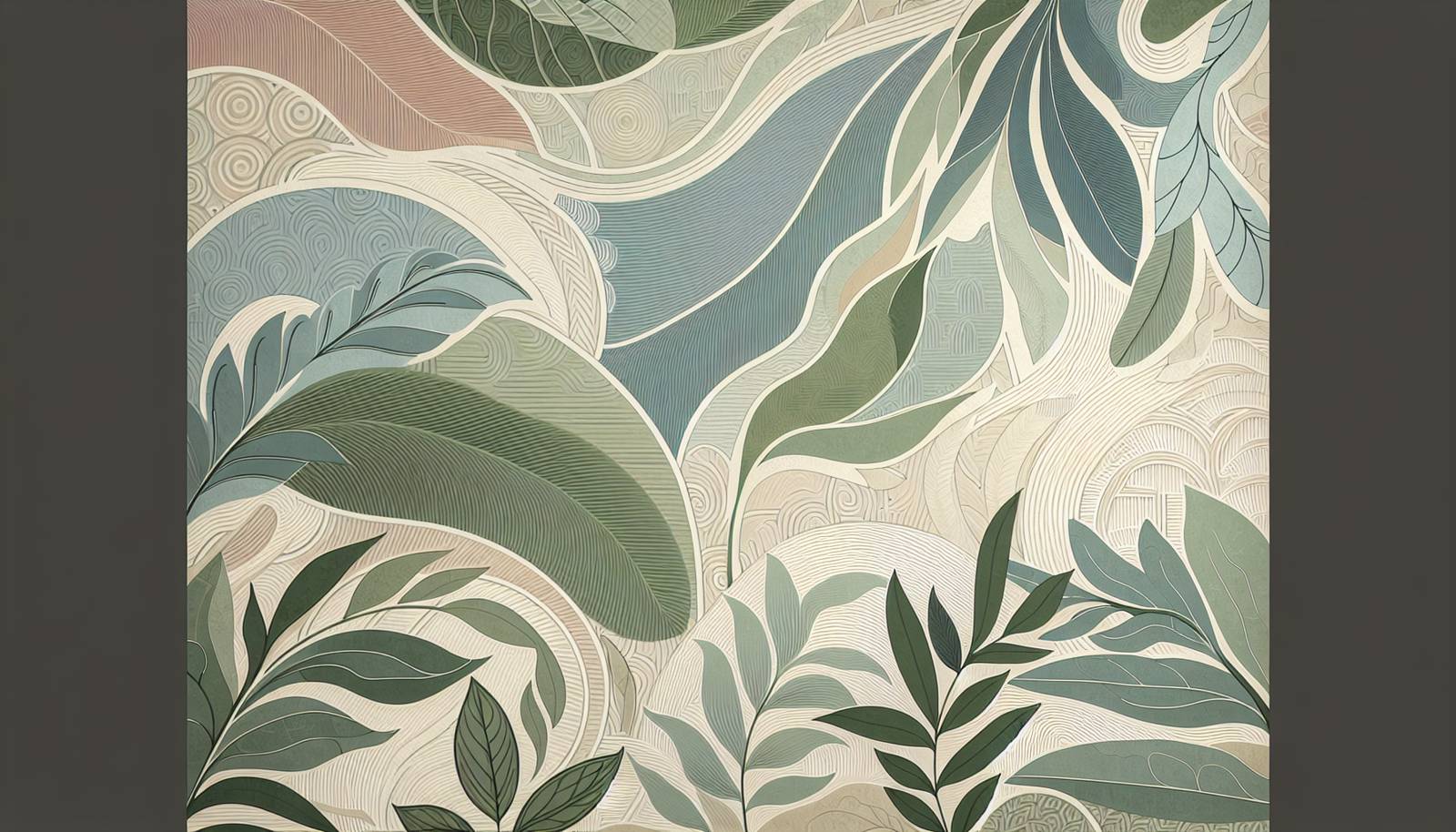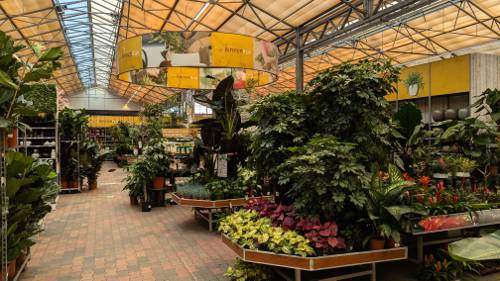
FAQ About Indoor Plant Staging and Display Techniques

What is indoor plant staging?
Indoor plant staging refers to the arrangement and display of plants within your home, aiming to enhance their aesthetic appeal while considering each plant's specific needs. It involves selecting appropriate spots based on lighting, temperature, and space constraints, along with creatively integrating plants into your decor to match your personal style.

How can I determine the best spot for my indoor plants?
To determine the best spot for your indoor plants, consider the light requirements of each species. Assess the available natural light to ensure it matches the plant's needs, whether it’s direct, indirect, or low light. Also, factor in temperature changes, humidity levels, and space constraints to find an optimal location.

What are some creative ideas for displaying indoor plants?
Creative ideas for displaying indoor plants include using wall-mounted shelves, hanging planters, tiered plant stands, or repurposing furniture such as bookshelves. Staggering plant heights can add visual interest, and grouping plants with similar care needs creates cohesive displays. Using decorative pots and containers can also enhance the aesthetic.

What are the benefits of using plant stands for indoor plants?
Plant stands elevate plants, making them more visually prominent while optimizing light exposure. They also help group plants together, saving space, and can be used to create multiple levels, adding depth and variety to your plant arrangements. Additionally, plant stands can protect floors from water damage.

How do I choose the right pots for indoor plants?
When choosing pots for indoor plants, consider the material, size, and drainage capabilities. Ensure the pot size is appropriate for the plant's root system and allows for growth. Materials like ceramic and terracotta are popular, each offering different aesthetics. Always opt for pots with drainage holes to prevent overwatering.

Can I use artificial light for indoor plant displays?
Yes, artificial light can be an effective substitute for sunlight in areas lacking natural light. LED grow lights are a popular choice because they provide the specific light spectrum plants need for photosynthesis. Position the light appropriately to mimic natural conditions and ensure plants are spaced correctly to avoid burns.

How can I incorporate large plants into indoor spaces?
Incorporating large plants into indoor spaces can be achieved by placing them on the floor in large decorative pots. They can serve as focal points in a room or fill empty corners. Consider using them as natural dividers in open spaces or alongside furniture to create a cohesive environment.

What are some low-light indoor plants suitable for staging?
Some suitable low-light indoor plants include snake plants, pothos, ZZ plants, and peace lilies. These plants thrive in indirect light conditions and are generally easy to care for, making them ideal for areas with limited sunlight such as bathrooms, hallways, or rooms with small windows.

How can I effectively combine different plant species in displays?
Effectively combining different plant species involves understanding each plant's care needs, ensuring they require similar light and water conditions. Group plants with complementary colors or varying leaf textures to create dynamic displays. Arranging plants at different heights adds depth and visual interest.

What are some tips for hanging planters indoors?
When using hanging planters indoors, ensure they are securely anchored to the ceiling or wall to prevent falls. Choose lightweight pots with adequate drainage. Consider the light needs and growth habits of plants when positioning them, and use a mix of trailing and upright plants for a layered effect.

How do I stage plants on a bookshelf effectively?
To stage plants on a bookshelf effectively, use varying plant heights and textures to create visual interest. Place taller plants at the ends and shorter ones in the middle. Balance greenery with decorative objects like books and vases. Ensure plants receive adequate light by placing the shelf near a natural light source.

How can I display plants in small spaces?
In small spaces, maximize vertical space by using wall-mounted planters and shelves. Consider multipurpose furniture like benches with built-in planters or tiered stands. Choose compact plants like succulents and air plants, and opt for hanging planters to save floor space.

What is the impact of plant grouping in displays?
Grouping plants in displays can create a cohesive look and enhance visual impact. It allows for a more diverse texture and color palette and makes care easier by clustering plants with similar needs together. Grouping also maximizes space and can make smaller plants appear more substantial.

Can I mix real and artificial plants in displays?
Yes, mixing real and artificial plants in displays can provide a lush appearance while minimizing maintenance. Use artificial plants in areas with challenging growing conditions or to fill gaps. Ensure that artificial elements blend naturally with real plants by selecting similar colors and textures.

How can I ensure proper plant care in aesthetically pleasing displays?
To ensure proper plant care in aesthetically pleasing displays, arrange plants according to their light and water needs, even if it requires moving them occasionally. Use clear signage like labels to remind you of each plant’s requirements. Ensure pots have good drainage to prevent waterlogging.

What are some ways to integrate plants into kitchen decor?
Integrate plants into kitchen decor by placing small herb pots on windowsills or countertops. Use hanging planters for trailing plants in unused corners or above cabinets. Consider mounting a vertical herb garden or placing a plant stand with cascading plants near kitchen entrances.

What are the advantages of wall-mounted planters?
Wall-mounted planters save floor space and add greenery to walls, creating a living artwork effect. They are perfect for small areas and can highlight architectural features or serve as room dividers. Additionally, they allow for easy access when tending to plants and can accommodate a variety of plant sizes.

How do I safely incorporate plants in homes with pets?
To safely incorporate plants in homes with pets, choose non-toxic species such as spider plants, Boston ferns, or areca palms. Place plants out of reach on shelves or within terrariums. Consider using hanging planters to prevent pets from chewing on leaves, and always research plant toxicity before purchase.

How can I use terrariums in my indoor plant displays?
Terrariums are an excellent choice for indoor displays as they require minimal space and care. They can house a variety of small plants like ferns, mosses, and air plants, creating mini ecosystems. Place terrariums on coffee tables, desks, or shelves for an eye-catching focal point in the room.

What factors should I consider when staging plants in an office environment?
When staging plants in an office, consider the available natural and artificial light to select shade-tolerant species. Choose low-maintenance plants that require infrequent watering and can thrive in stable temperatures. Incorporate plants in common areas and personal desks to improve air quality and aesthetics.
